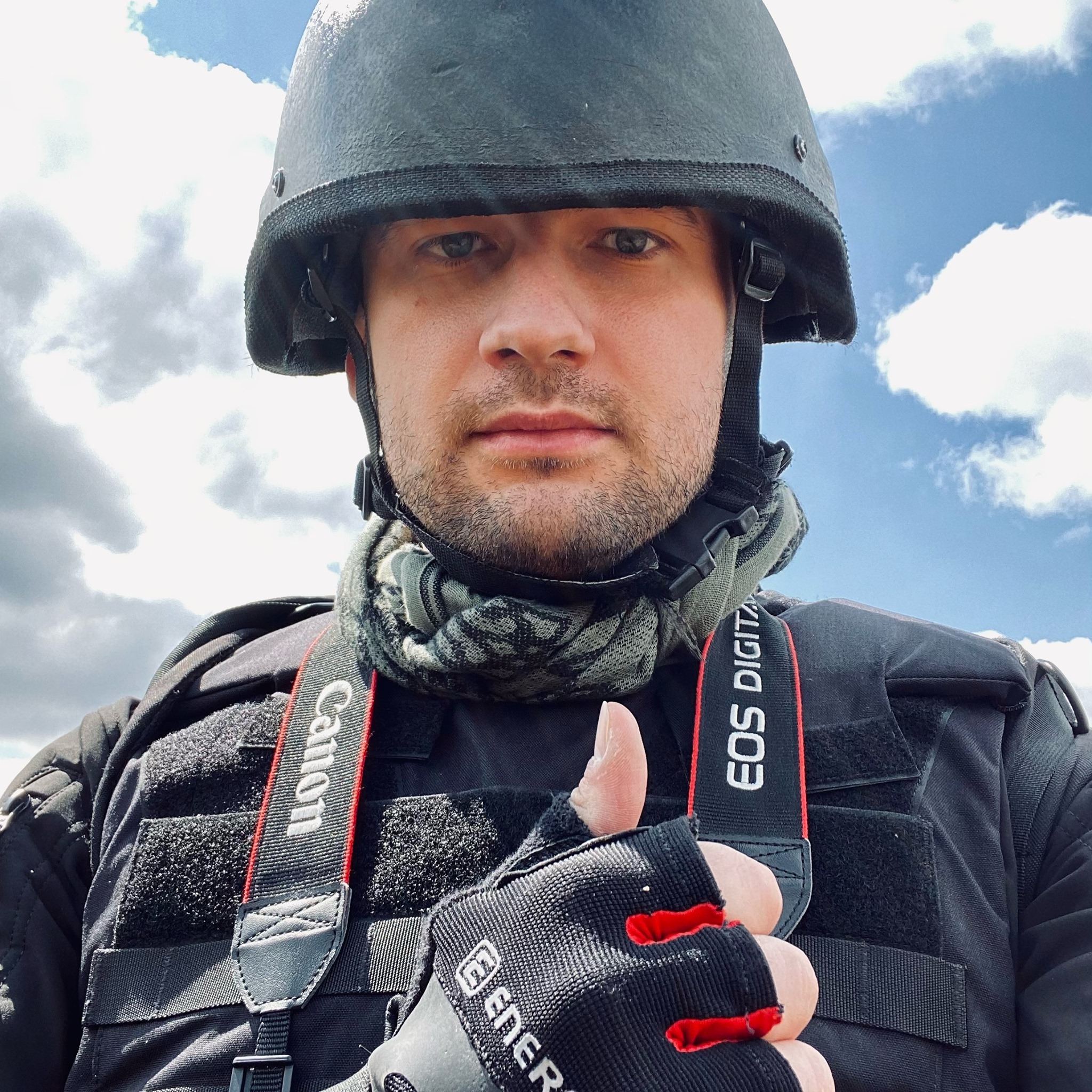KHARKIV – In warfare, there's no such thing as a miracle.
Yet what happened in early September in the east of Ukraine's Kharkiv Oblast may ascend in history as the Miracle on the Oskil River.
Within a few days, a Ukrainian strike prompted the collapse of the Russian front in the region.
To escape a crushing defeat, the Kremlin’s forces were forced to withdraw in a stampede from the territory they had held since March.
Ukraine’s offensive operation has done more than liberate most of Kharkiv Oblast, as Ukrainian units approach the Russian border.
It has exceeded the most optimistic of expectations and rendered one of Russia’s strongest military groupings disorganized and combat ineffective.
The battle is an operational success and is bound to have long-lasting consequences for Russia.
The loss of Kupiansk and Izium, the two transportation hubs, pulls the plug on Russia's chances of seizing the entire eastern region of Donbas, comprised of Donetsk and Luhansk oblasts.

The collapse also jeopardized Russian defenses in northern Donetsk Oblast, paving the way for new successful attacks by Ukrainian forces in the east.
The war’s third phase opens with Ukraine regaining the initiative.
Experts say Ukraine has turned the war’s tide in its favor, while Russia’s power will likely continue to decline in the coming months.
A rapid strike
With everyone’s attention fixed on the anticipated Ukrainian counter-strike in Kherson Oblast, the blitz in Kharkiv Oblast came as a surprise.
In late August, when Ukraine’s military eventually started its offensive operation in the south, some 25 to 30 Russian battalion tactical groups (BTGs) stood in its way. The Russian forces redeployed to Kherson Oblast included its most-effective airborne units, known in Russia as VDV.
Since Russia still falls short of sufficient quality manpower to hold the 1,000-kilometer front line in Ukraine, those units were relocated to Kherson Oblast at the expense of other frontline sections.
Ukraine’s military persuaded the Russian command that Kherson would be its counter-offensive's primary, and likely only, axis. Indeed, experts doubted Ukraine had enough weaponry and hardware for a successful major strike at one frontline section, let alone two or more.
Ukraine has performed well in this battle with operational security (OPSEC), keeping its adversary poorly informed regarding its planned maneuvers and capabilities.
And when the time came, many of Russia’s best combat formations ended up isolated in Kherson, with all bridges crossing the Dnipro River ruined as their backs were turned.
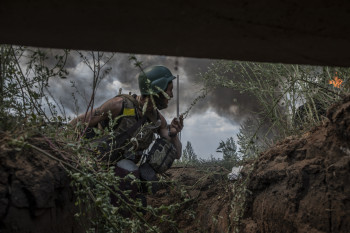
The destruction of these bridges means there is no way for Russian forces to withdraw, and there will be a drastic decrease in reinforcements and resupply due to a forced reliance on less effective pontoon crossings across the Dnipro.
Then came something few had expected.
On Sept. 6, Ukrainian forces launched a rapid advance on Balakliia, Kharkiv Oblast, a city with a pre-war population of 27,000 that Russian troops had occupied since early March.
One of Kharkiv Oblast’s transport hubs, Balakliia also hosts a giant ammunition depot known as the 65th Arsenal.
Verbivka, a village just north of Balakliia, was liberated by Ukrainian forces within a few hours.
The Ukrainian advance bypassed local cities, leaving Russian garrisons isolated and cut off from their main forces.
The Ukrainian blitz rushed to Volokhiv Yar, a village some 15 kilometers to the northeast of Balakliia, and toward the villages of Kunie and Vesele, 30 kilometers southeast, taking local roads and junctions under its control.
Highly mobile Ukrainian reconnaissance units moved fast ahead of the main Ukrainian forces in Russian-controlled territory using light vehicles, such as U.S.-provided Humvees.
They engaged Russian forces sporadically, wreaking havoc and trying to convince Russian troops that they were attacking from every direction.
The occasional Russian garrison showed little to no resistance in communities along the way.
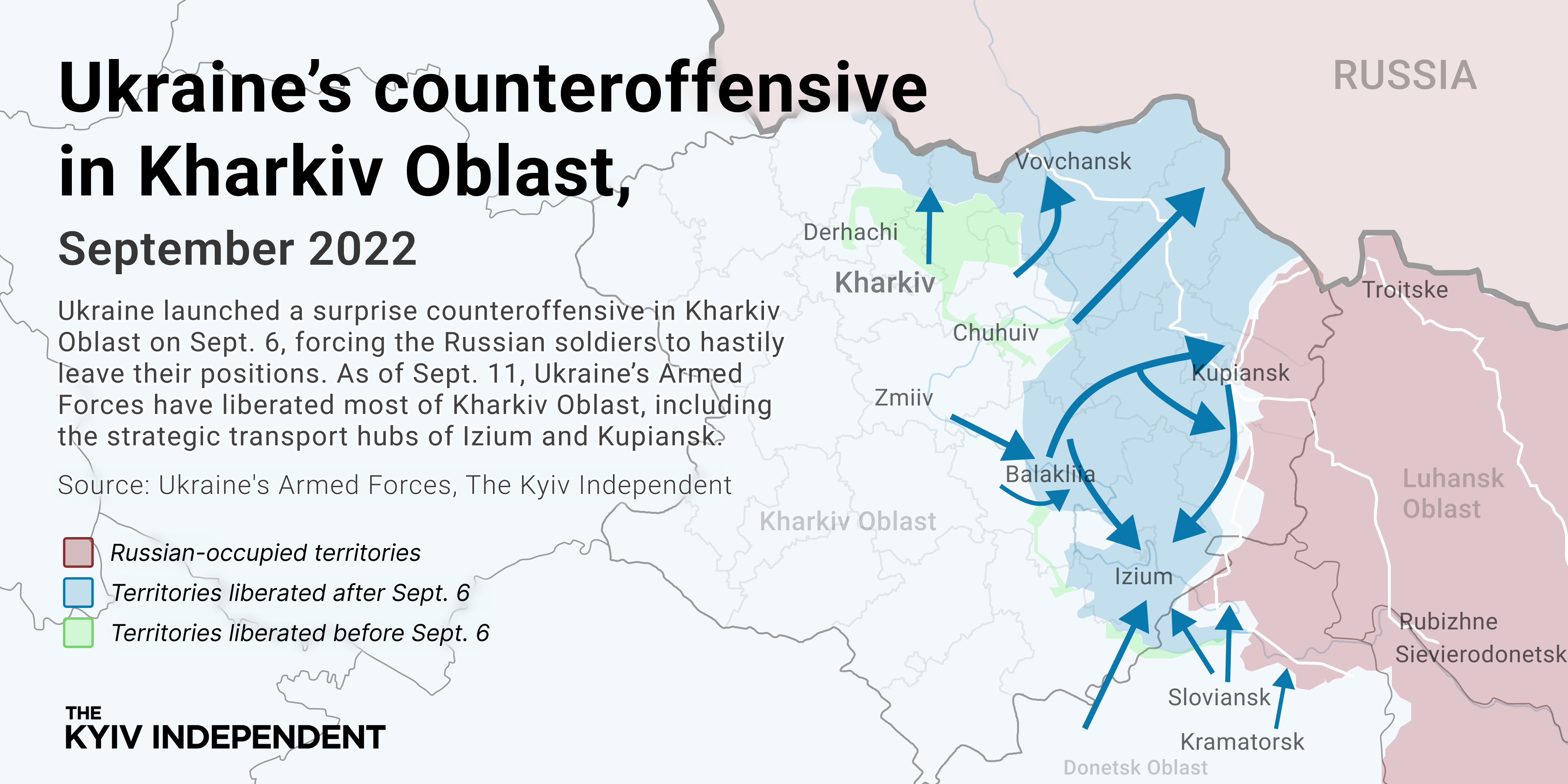
As early as the next day, Russia’s weak Rosgravriya and special police units, short on heavy weaponry, managed to flee Balakliia in time.
While this was already a success, the Ukrainian blitz liberated the town of Shevchenkove, yet another vital junction, followed by the city of Kupiansk, the operation’s greatest possible prize.
Kupiansk, a major railroad hub, was at the heart of Russia’s vital ground line of communication between its territory and occupied Donbas.
Cutting off Kupiansk meant derailing Russian supplies in its most critical frontline sector.
Contrary to expectations, Russian forces showed little resistance, and Ukrainian troops managed to break through into Sinkove, a community south of Kupiansk.
This move isolated Kupiansk on the western bank of the Oskil River, which divides the city in half.
The Russian front line in Kharkiv Oblast just collapsed within days.
The Russian command, taken by surprise, had no choice but to order their combat units to withdraw. Russian soldiers abandoned swathes of hardware and munitions as they hastily left under heavy Ukrainian fire.
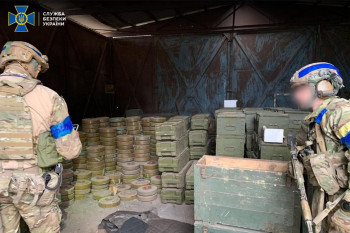
Early on Sept. 9, Ukrainian forces entered Kupiansk.
While this was anticipated to be the operation’s most ambitious goal, the rapid Russian collapse made it possible and opened up new opportunities.
Two additional Ukrainian strikes from the north and the south put the city of Izium – the most vital Russian-controlled settlement in the region – in the crosshairs.
To avoid being surrounded, some 10,000 Russian troops in Izium were forced to leave overnight by Sept. 10.
Within a few days, Russia lost its essential pressure point in the Sloviansk-Kramatorsk area of Donetsk Oblast. A Russian advance south from Izium could have cut the entirety of Donbas from the rest of Ukraine and corner the largest Ukrainian military group into a death trap.
Without this critical axis, the chances are high that Russia has lost its only realistic option to seize the rest of Donetsk Oblast, which Russia has repeatedly stated as its primary goal in Ukraine.
Russian forces have captured the entirety of Luhansk Oblast, but it has been struggling to occupy all of Donetsk Oblast, about half of which remains under Ukrainian control. The benefits derived from other axes in Donetsk Oblast near the cities of Bakhmut and Donetsk have been too costly and slow to bring Russia closer to its goal.
The collapse of the Kupiansk-Izium line precipitated Russia's immediate withdrawal from most of Kharkiv Oblast. Ukraine regained control of almost all of the region’s border with Russia and some 6,000 square kilometers of its territory.
This is the most significant Ukrainian victory since the Battle of Kyiv in early April.
Humiliating failure
As of Sept. 12, the Ukrainian operation has slowed down somewhat, likely due to Ukraine’s need to consolidate its gains and let its troops have some rest.
The new front line has stabilized along the Oskil River, with Russia still holding the eastern bank.
However, as of Sept. 12, Ukraine is still active in northern Donetsk Oblast. Capitalizing on the Russian defeat in Izium, Ukrainian forces have remained engaged in the Russian-occupied city of Lyman and retook Sviatohirsk.
In Kharkiv Oblast, Russia failed to surveil the Ukrainian buildup and to redeploy adequate reinforcements to counter rapid Ukrainian advances.
Russia left the front line severely undermanned and weak to try to counter Ukraine’s advance in the south. According to Russian military bloggers, local Russian units often had no more than 50% of their members and, in some cases, as little as 20% of their standard personnel capacities.
Ukrainian forces took advantage of this.
Rapid Ukrainian maneuvers put Russian forces under grave threat of isolation and total disorientation.
According to Conflict Intelligence Team, an online Russian investigation group, two large Russian formations in the area, the 11th Army Corps and the elite 1st Guards Tank Army, were rendered disorganized and ineffective due to the battle.
Moreover, according to the United Kingdom's Ministry for Defense, the 1st Guards Tank Army sustained heavy casualties prior to Ukraine's Kharkiv offensive, and it has not fully reconstituted its losses.
Now, severely degraded, the 1st Guards and other formations of Russia's Western Military District withdraw from Ukraine, the ministry said on Sept. 13, so Russia's conventional force designed to counter NATO is severely weakened, and "it will take years for Russia to rebuild this capability."
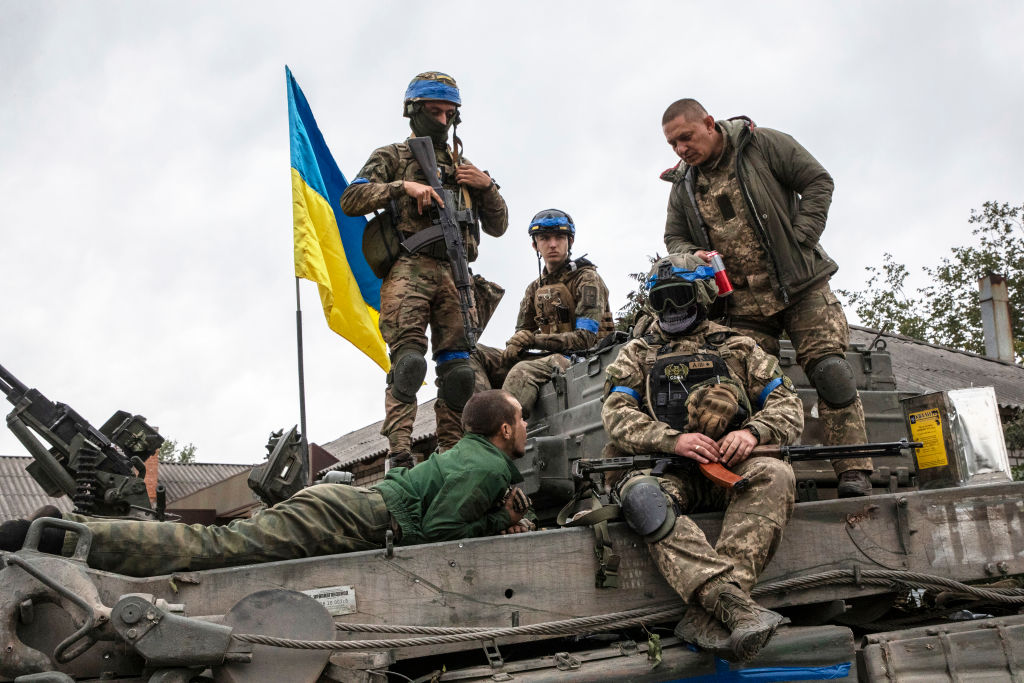
"Ukraine has turned the tide of this war in its favor," said the Institute for the Study of War (ISW), a U.S.-based defense think tank, in its Sept. 12 report.
"Kyiv will likely increasingly dictate the location and nature of the major fighting, and Russia will find itself increasingly responding inadequately to growing Ukrainian physical and psychological pressure in successive military campaigns unless Moscow finds some way to regain the initiative."
Experts now believe that Ukrainian pressure in Kherson Oblast, combined with its rapid counter-offensive in Kharkiv Oblast, presents Russian forces with a terrible dilemma.
"Russia likely lacks sufficient reserve forces to complete the formation of a new defensive line along the Oskil River… Prudence would demand that Russia pulls forces from other sectors of the battlespace to establish defensive lines further east than the Oskil River to ensure that it can hold the Luhansk Oblast border."
The Kremlin continues its meaningless, unsuccessful attacks near Bakhmut and Donetsk, refusing to redeploy those forces to mitigate possible new Ukrainian advances across the Oskil River or Kherson. At the same time, it can't afford to compromise its Kherson defenses for the sake of the Oskil River area.
"Russian President Vladimir Putin risks making a common but deadly mistake by waiting too long to order reinforcements to the Luhansk line," the ISW said.
"The Ukrainian campaign appears intended to present Putin with precisely such a dilemma and to benefit from almost any decision he makes."
__________________________________________________________
Note from the author:
Hello! My name is Illia Ponomarenko, the guy who wrote this piece for you.
I hope you found it useful and interesting. I work day and night to bring you quality stories from Ukraine, where Russia is waging the biggest war in Europe since WWII. My little homeland, Donbas, is now the site of the worst fighting. We are helping to keep the world informed about Russian aggression. But I also need help from every one of you — to support Ukrainian wartime journalism by donating to The Kyiv Independent and becoming our patron.
Together, we can help bring peace to Ukraine.
